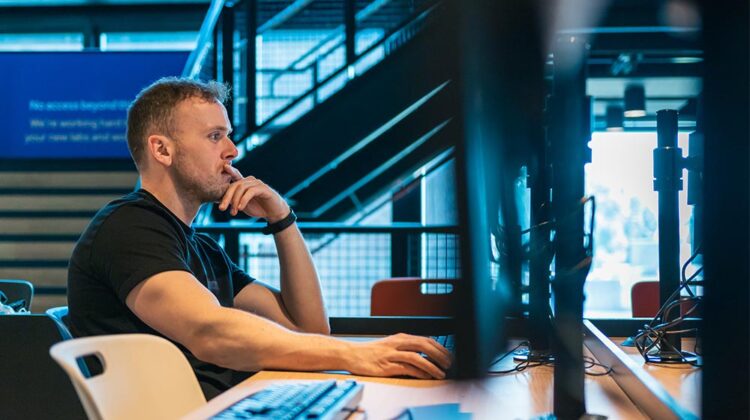The Benefits of Using Video in Your Teaching

Video has long been recognised as a powerful and engaging tool in a blended learning environment. It enables teaching staff to deliver traditional lecture-based material to learners while off campus in a flipped classroom model of teaching. It facilitates learner autonomy in learning, and frees up face-to-face teaching time to prioritise more interactive and collaborative experiences. If made thoughtfully, a video can be used for several years to come. However, using video in your teaching is much more powerful than simply remotely delivering a lecture.
Set the narrative
Video is considerably more flexible than a traditional, didactic lecture. Rather than having to deliver all your learning material across an hour, you can divide information into discrete chunks of learning. When embedding video material into your course, you can check a learner has understood something correctly before moving onto the next video by implementing feedback loops, such as formative assessment.
Swap between presentation modes
Use your video to transition seamlessly between different modes of presentation, for example by first explaining the history of a phenomena, then demonstrating lab equipment in the present day, then working through theory on a whiteboard. Your instructional content can show processes occurring over a few minutes that would take several hours or days in real time. You can simultaneously show events occurring that would normally only be able to be viewed sequentially.
Draw experiences from beyond our campus into your videos
Given the breadth of case studies and real-world scenarios associated with the Faculty of Science and Engineering, it is especially pertinent that we draw these experiences into our videos. Video allows us to integrate these scenarios into existing teaching such that learners can more readily engage with the wider application of their learning and their available career opportunities. To this end, you can invite colleagues or industry experts to bring their voice and perspective into your own teaching.
To better demonstrate how videos can be an innovative and creative way to enhance your teaching, take a look at some of the videos we have produced with colleagues from across the Faculty.
Boiling Heat Transfer
This video about boiling heat transfer was produced with colleagues from the Department of Chemical Engineering.
Thermal Radiation
This video about thermal radiation was produced with colleagues from the Department of Physics.
Column Chromatography
This video about column chromatography was produced with colleagues from the Department of Chemistry.
Sensor Characterisation Lab
This video about a sensor characterisation lab was produced with colleagues from the Department of Electrical and Electronic Engineering.
Powder X-ray Diffraction
This video about powder X-ray diffraction was produced with colleagues from the Department of Chemistry.
Hydrolysis of T-butyl Chloride
This video about the hydrolysis of t-butyl chloride was produced with colleagues from the Department of Chemical Engineering.


